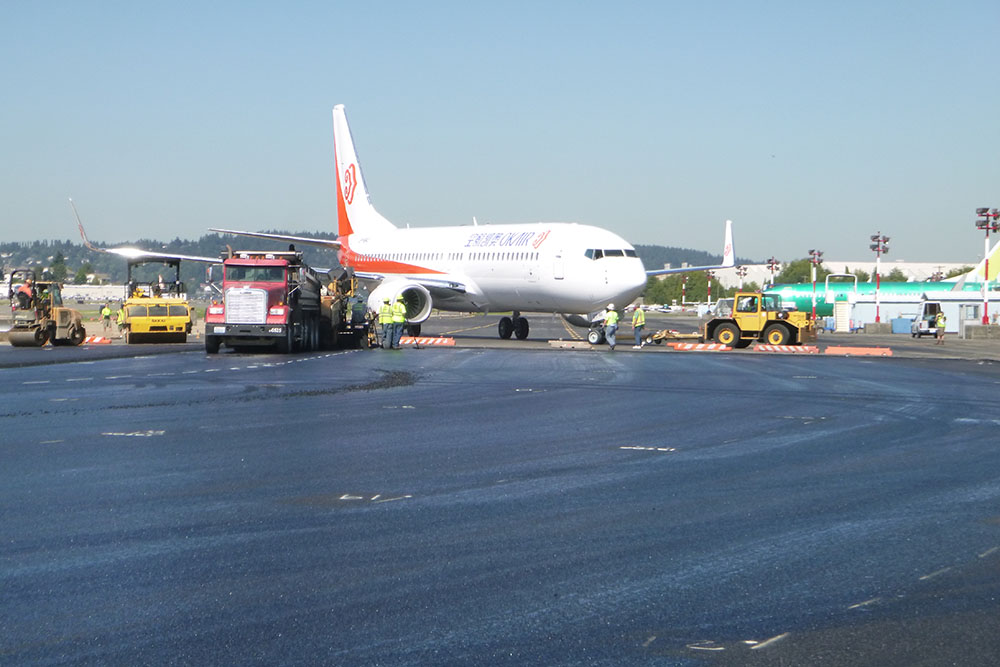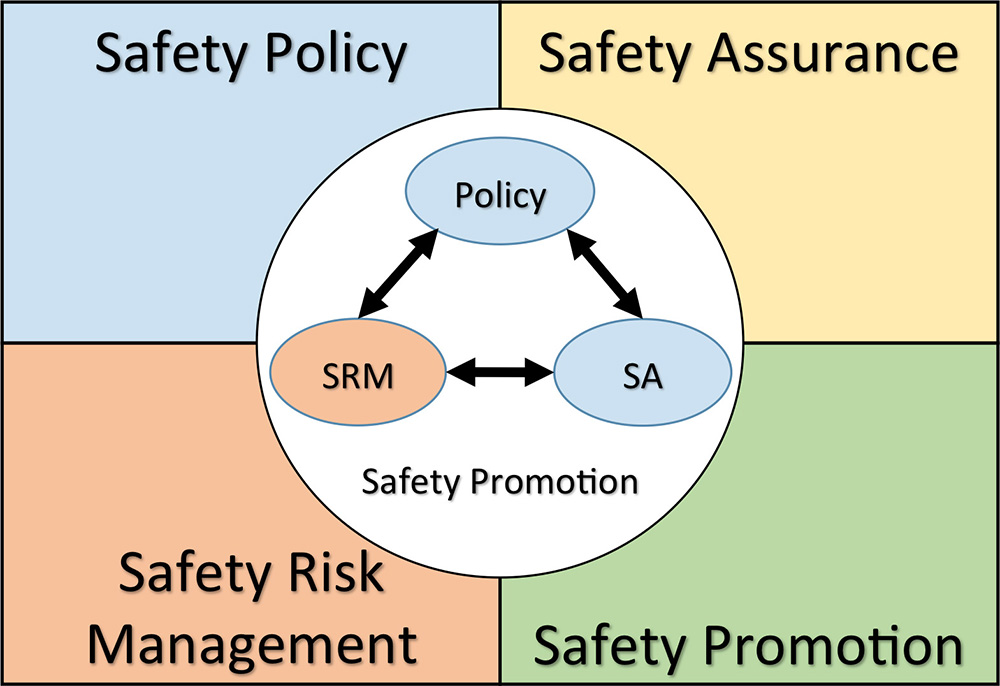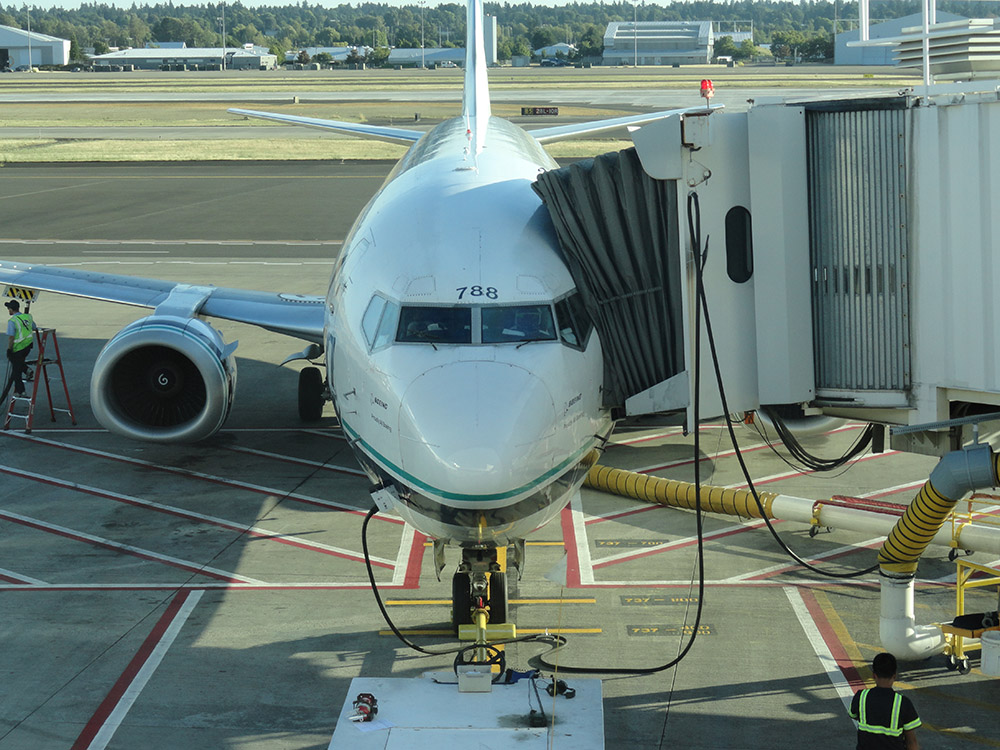Clean and well organized markings, equipment layout, and fueling operations
As someone who has spent a lifetime around airports, I appreciate that aviation can be a hazardous endeavor. I have lost friends, students, and professionals I admire in flying accidents. Like the sea, flight is mighty unforgiving of mistakes, complacency, and risky behavior. An irony in aviation is that some of the greatest dangers exist while on the ground at the beginning and end of every flight. Airport ramps have a ballet of planes, people, and equipment moving around in proximity. A few missed steps, and metal can get crunched. My work in aviation, from air traffic control, weather service, airport operations, airport management, and now planning, has been driven by the desire to make flying as safe as possible. While the concept of safety seems easy enough to grasp, it is impossible to make any activity completely safe. As any parent knows, telling a child, “be careful,” does not prevent skinned knees and bruises or worse.
The traditional notion of safety at airports has been one of regulatory compliance where the goal was just to meet the standards set by the FAA. The logic was that if the airport meets the standards, then accidents will be prevented. Of course accidents still happened. After an accident occurred, investigators would extract the safety lessons, write more rules, and hope to prevent similar accidents. Accident rates improved over time, but there always seemed to be new and unforeseen ways for failures to occur. What investigators often had not considered was the contribution of the regulatory and organizational factors that created the environment that resulted in the accident.
The Role of Regulatory & Organizational Factors
For years, “operator error” was a favorite leading cause given for accidents. Blame would be assigned and persons punished, but this did not stop accidents from occurring. Why? Because the contributing organizational and environmental factors remained in place. Even if the actors were changed and the stage furniture moved around, the play was set, resulting in other accidents. The truth is, no one exists in a vacuum, and there are always external factors involved in an accident. The culture of how we anticipated and responded to accidents had to change.

A concept for safety evolved in the 1970s, after major accidents in the nuclear power and mining industries, called Safety Management Systems (SMS). An SMS approach to safety is systematic with a continuous process of evaluation, measurement, refinement, and feedback that involves the entire organization. SMS is designed to proactively identify hazards, continuously assess safety risks, and it attempts to contain those risks before they result in an accident. A basic principle is that everyone is responsible for safety. Which is great, in theory.
Applying SMS is Unique to Every Airport
In 2013, I participated in a national research project that studied the methodologies and effectiveness of the FAA’s Airport SMS Pilot Program at several of the nation’s largest airports. Our team discovered that the new SMS policy and regulations just weren’t enough. Some airports had successful programs that were fully adopted and accepted. Other airports had programs that floundered and sputtered and met with limited acceptance. We found several hurdles that could keep an airport from making the SMS process work. Oddly enough, most of these hurdles were cultural in nature. How does the FAA regulate organizational culture? Well, the FAA doesn’t, never has, and won’t. It is up to each organization to make SMS work, and understanding the culture is key.

SMS needs an organization’s attitude to grow beyond the belief that regulatory compliance is sufficient. A proactive and involved safety culture needs to evolve from the culture of regulatory compliance. The safety culture must be modeled and supported by management to encourage and foster the safety ideal as an organizational value. A safety culture establishes a social norm that everyone is empowered to stop operations anytime safety is compromised. A safety culture won’t casually accept risks that may have been dismissed before. Safety under an effective SMS program becomes how airports do business. To get there requires change in behaviors, change in attitudes, and change in accountabilities. The most difficult part about SMS is that changing culture and behavior is really difficult for any organization to do.
The ideal of any safety effort, of course, is to have zero accidents or incidents. And while SMS is an excellent tool in advancing the goal of safety, real progress will come when all stakeholders at an airport challenge the norms, question whether the risks are acceptable, and then work cooperatively to prevent accidents before they occur.
You can read more about Safety Reporting Systems at Airports on the Transportation Research Board’s website.


